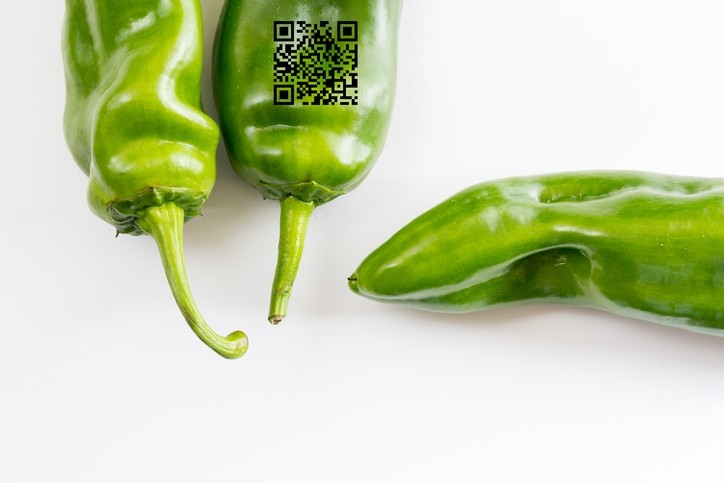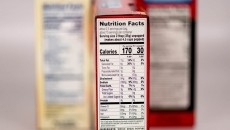FDA food traceability measures need specific data standards - FMI

The rule was finalized in November as part of a package of measures to implement provisions of the Food Safety Modernization Act, and requires more detailed recordkeeping to better trace contaminated foods through the supply chain. FDA called it “an unprecedented advancement in foodborne illness prevention.”
Foods subject to the rule and included on the agency’s Food Traceability List include fresh leafy greens, melons, peppers, sprouts, herbs, tomatoes, cucumbers, and tropical tree fruits, as well as shell eggs, nut butters, fresh-cut fruits and vegetables, ready-to-eat deli salads, cheeses (other than hard cheese), finfish and crustaceans.
Those affected by the rule - including manufacturers, processors and packers - must comply by Jan. 20, 2026.
FDA issued the FAQs June 26 to clarify many of the rule’s provisions. They were developed based on questions received from industry and those sent through the agency’s Technical Assistance Network.
In the FAQ, FDA notes that the foods subject to the rule were based on a risk-ranking model for food tracing, which factored in outbreak frequency, illness severity, likelihood of contamination, and other aspects.
Additionally, foods that contain an ingredient in the form designated on the list must comply with the rule as well.
“For example, a bagged salad mix with fresh lettuce, a prepared smoothie with fresh cantaloupe, or a sandwich containing fresh tomato slices would be covered,” FDA says. “However, a frozen pizza with spinach topping or trail mix with dried papaya would not be covered.”
Products such as chocolate peanut butter cups would also be subject to the rule, unless a kill step to minimize pathogens has been applied.
In conjunction with the release of the FAQs, FDA added information to its traceability website, including examples of how the rule should be applied.
Challenges for food traceability tracking
From the Food Industry Association’s perspective, there’s still many challenges that must be tackled for food traceability tracking, namely due to differences for every food, company, system, business model and supply chain.
“FMI members have been working tirelessly to understand the rule in order to develop and implement solutions to meet the requirements by the 2026 compliance date,” Ashley Eisenbeiser, FMI’s senior director, food and product safety programs, explained in a blog post. “While the concept of tracing food from farm-to-fork may sound simple at first, in reality, it is quite complex. There are many steps involved in order to track the journey of food from farm-to-store.”
Specifically, FMI advocates leveraging of data standards to help meet FDA’s requirements, suggesting that they could help to streamline processes, boost supply chain visibility and facilitate traceability.
The trade group points to GS1 standards as a pathway to meet the requirements. GS1 “provides a common digital language to seamlessly communicate trusted data across the supply chain,” and utilizes specific barcodes, according to its website.
Eisenbeiser suggests the GS1 standards are the “most widely used system of standards in the world,” and that they help trading partners to share important information.
GS1 US developed an implementation guide for the food industry to utilize its standards to meet traceability rule requirements.
Looking beyond the sticker price
However, adoption of GS1 may be costly for some firms to adopt.
FDA contracted with the nonprofit Institute of Food Technologists for a report on tech-enabled food traceability trends based on submissions from teams participating in FDA’s 2021 Low-or No-Cost Tech-Enabled Traceability Challenge.
Released May 17, the report “is intended to contribute to ongoing industry discussions about the role of technology in traceability and provide high-level recommendations to key stakeholders on advancing the tech-enabled traceability landscape,” IFT says.
The report urges stakeholders to take into consideration more than just the purchase price of digital traceability programs, and factor in recurring costs of system implementation and maintenance, including software licensing and subscriptions, software updates, user training, data collection and storage, installation and configuration, among other aspects.
However, IFT adds that some of those costs “provide company-wide benefits beyond increased traceability” and contribute to an overall digital transformation of a business.
IFT recommends that technology cost transparency can help businesses plan for the future, and emphasizes the importance of development of cost-effective solutions for all users.




















